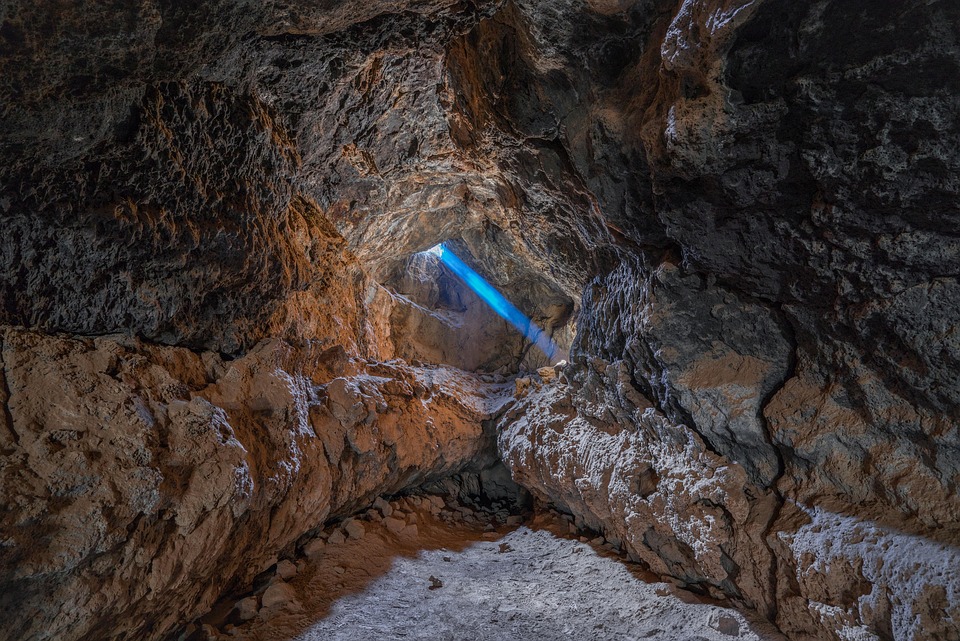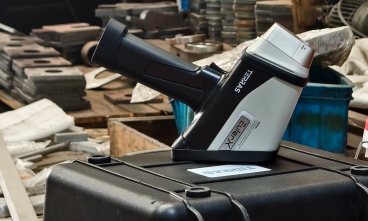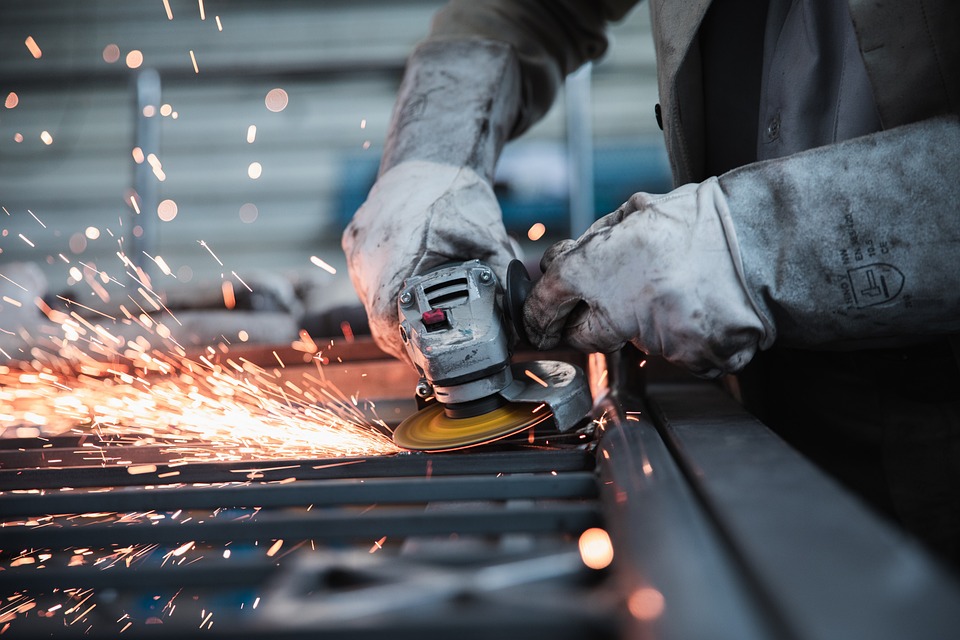
Mining
A high-tech enterprise focusing on the development and application of X-ray technology products, committed to becoming a leading supplier of X-ray industrial testing solutions.
Unlocking the Past with XRF: How X-Ray Fluorescence Spectrometry is Revolutionizing Geoarchaeology
Geoarchaeology, the intersection of geology and archaeology, has always been crucial in unlocking the mysteries of ancient civilizations. As researchers search for clues hidden in sediments, soils, and artifacts, they rely on increasingly advanced technologies to reveal a clearer picture of past human activities. One of the most transformative innovations in this field is X-ray fluorescence (XRF) spectrometry, a non-destructive technique that is reshaping how we understand and analyze archaeological sites.
In this blog, we’ll explore how XRF is revolutionizing geoarchaeology by providing new insights into the past and enhancing the accuracy of historical and environmental reconstructions.
What is X-Ray Fluorescence (XRF)?
X-ray Fluorescence (XRF) is an analytical technique used to determine the elemental composition of materials. When a sample is exposed to high-energy X-rays, the atoms in the material emit fluorescent X-rays characteristic of the elements present. By measuring the energy and intensity of these emitted X-rays, XRF spectrometers can identify and quantify the elements in the sample, from heavy metals like gold to lighter elements like calcium.

One of the greatest advantages of XRF is its ability to perform rapid, non-destructive analysis, meaning that archaeologists can study precious artifacts without causing any damage. This makes XRF an ideal tool for geoarchaeologists working on delicate materials such as pottery, stone tools, metals, or ancient pigments.
XRF in Geoarchaeology: Unveiling the Past
In the realm of geoarchaeology, XRF is being used in a variety of groundbreaking ways to deepen our understanding of ancient human environments and societies. Let’s dive into some of the key applications:
1. Identifying Provenance of Artifacts
One of the most exciting applications of XRF in geoarchaeology is identifying the provenance of artifacts. By analyzing the elemental composition of materials such as pottery, metals, or obsidian, researchers can trace their origin back to specific regions. For instance, XRF can reveal where a particular type of pottery clay was sourced or where an ancient civilization mined its metals.
This can have profound implications for understanding trade routes, social networks, and cultural exchanges. If researchers find similar chemical signatures in pottery found at distant archaeological sites, it may indicate the flow of goods between ancient societies, shedding light on long-forgotten trade practices.
2. Reconstructing Ancient Environments
XRF can also help reconstruct ancient environments by analyzing the composition of sediments and soil samples. By examining the elemental makeup of ancient soils, researchers can determine past climate conditions, such as the presence of certain elements that indicate periods of drought or volcanic activity. This information helps archaeologists understand how ancient civilizations adapted to their environment and what ecological challenges they may have faced.
Additionally, XRF can reveal evidence of human impact on the landscape, such as the presence of metals in soil samples, which may indicate ancient mining activities or pollution from industrial processes.
3. Analyzing Human-Environment Interactions
XRF is also used to study human-environment interactions by examining the elemental composition of human remains and materials associated with human activity. For example, XRF can be employed to analyze the elemental composition of bones and teeth, offering insights into an individual's diet, migration patterns, and exposure to various environmental factors.
This can provide a better understanding of how ancient populations adapted to their surroundings and what role the environment played in shaping their societies.
4. Conservation and Preservation
One of the most compelling advantages of XRF is its non-destructive nature. For geoarchaeologists working with fragile or rare artifacts, XRF offers a way to gather valuable data without damaging the object in any way. This is particularly important when working with items that are irreplaceable, such as ancient manuscripts or rare archaeological specimens.
By using XRF to analyze artifacts in their original state, archaeologists can make more informed decisions about conservation efforts, ensuring that these objects are preserved for future generations.
The Future of XRF in Geoarchaeology
As XRF technology continues to evolve, its applications in geoarchaeology are likely to expand even further. Advances in portable XRF devices mean that archaeologists can now conduct fieldwork with greater flexibility, analyzing samples on-site rather than sending them to laboratories. This reduces the time and cost associated with traditional analytical methods and allows for faster decision-making in the field.
In the future, XRF could also be combined with other cutting-edge technologies, such as geophysical surveys and 3D imaging, to provide even more detailed and holistic insights into ancient landscapes and human societies.
The EulerX 500 series handheld XRF analyzer delivers instant, lab-grade ore analysis with no sample prep, slashing assay times from days to minutes. Using fundamental parameters technology, it accurately measures both major and trace elements—including critical light elements—without calibration standards. Perfect for field exploration and mine operations, its lightweight design enables rapid mineral screening, real-time grade control, and process monitoring. The EulerX 500 transforms mining workflows with reliable, on-the-spot data for faster decision-making.

Terras EulerX500 Handheld Mining Analyzer
Conclusion
XRF is proving to be a game-changer in geoarchaeology, offering non-destructive, rapid, and highly accurate analyses that are transforming the way we study the past. From identifying the origins of artifacts to reconstructing ancient environments and examining human-environment interactions, XRF is helping archaeologists unlock the secrets of ancient civilizations in ways that were once impossible.
As technology continues to evolve, the role of XRF in geoarchaeology is only set to grow, promising to uncover even more hidden chapters of human history and shed light on the fascinating relationships between ancient societies and their environments. With each new discovery, we come one step closer to understanding our shared past and the forces that shaped the world we live in today.
Join Us
Subscribe to our email list for updates & promotions.



